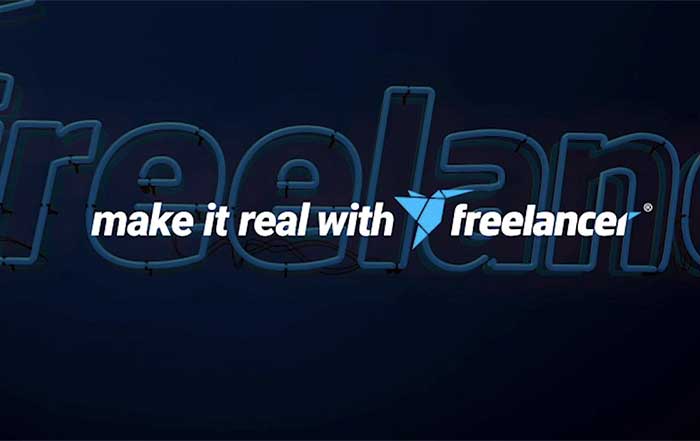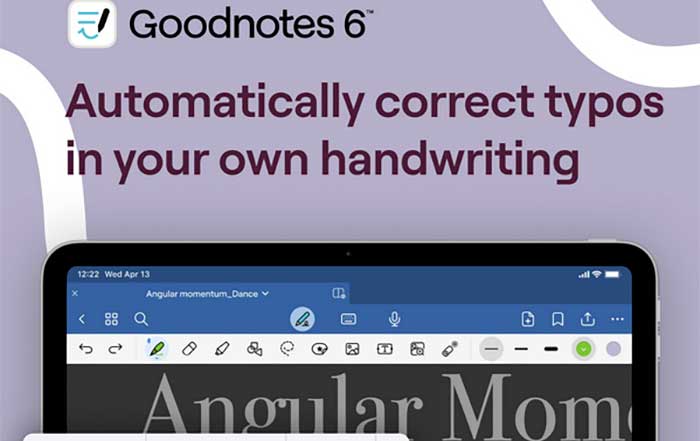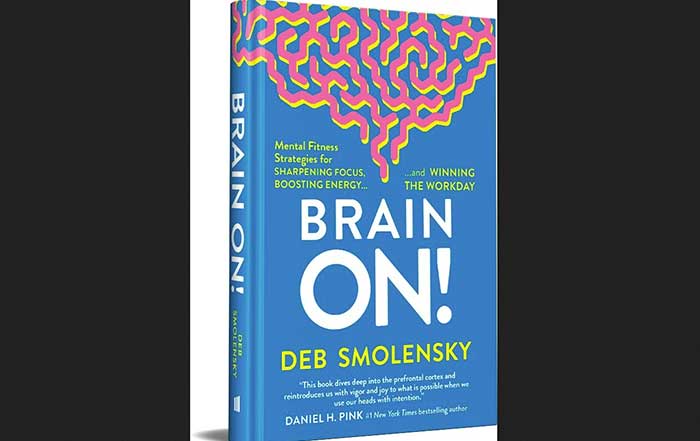The year 2025 has solidified a new global work culture—where physical offices are no longer a necessity and remote-first work policies are mainstream across industries. As businesses rethink traditional models, remote working is no longer a fringe perk but an economic and strategic priority. This transformation has empowered professionals to adopt flexible lifestyles, leading to the explosive growth of the digital nomad movement.
Thanks to platforms like CreateWork.com, professionals worldwide are now discovering practical resources for freelancing, business growth, and location independence. As more individuals gravitate toward this lifestyle, the question shifts from whether remote work is viable to where one can best thrive as a digital nomad.
🌍 Digital Nomad Destination Finder
Discover the perfect remote work destination based on your preferences
What Makes a City Ideal for Remote Work?
An optimal destination for digital nomads hinges on several factors: reliable internet, cost of living, visa accessibility, safety, and a strong community of remote workers. Beyond amenities, many nomads seek locales that offer lifestyle advantages—cultural vibrancy, climate, and access to coworking hubs.
With governments now actively courting remote workers through dedicated visas and tax incentives, the market for attracting nomadic professionals has become globally competitive.
Learn more about the evolution of remote work here.
Top Countries and Cities for Digital Nomads in 2025
1. Portugal – Lisbon and Madeira
Portugal consistently ranks among the best countries for remote workers. Lisbon, its capital, combines a thriving tech scene with centuries-old charm, affordable living, and excellent weather. Meanwhile, Madeira's “Digital Nomad Village” project in Ponta do Sol continues to attract freelancers from across the globe with tailored infrastructure and community-building programs.
Portugal offers the D7 Visa, which grants remote workers residency with minimal bureaucratic hurdles. According to the Global Remote Work Index, Portugal ranks in the top 10 globally for its remote work ecosystem.
2. Thailand – Chiang Mai and Bangkok
Chiang Mai remains one of the most cost-effective destinations, with high-speed internet, affordable accommodation, and a well-established nomad community. Bangkok, on the other hand, offers a more urban, fast-paced environment with extensive amenities.
The Thai government’s Long-Term Resident Visa is now accessible to foreign remote workers, making it an increasingly popular base for location-independent professionals.
3. Estonia – Tallinn
Estonia was a pioneer in the digital residency space, offering e-Residency and one of the first digital nomad visas. Tallinn, its capital, is a tech-forward city with a highly digitalized public sector, transparent governance, and strong infrastructure. It is ideal for freelancers and entrepreneurs building borderless businesses.
Check out CreateWork’s business startup section to explore how you can launch a global venture remotely.
4. Spain – Valencia and Barcelona
Spain’s new Digital Nomad Visa has opened the door to thousands of remote workers, particularly from the U.S., U.K., and across Europe. Valencia is favored for its cost-effectiveness, beachside lifestyle, and efficient public services. Barcelona continues to draw digital professionals thanks to its vibrant culture and dynamic coworking scene.
5. Mexico – Mexico City and Playa del Carmen
Mexico City offers a cosmopolitan environment with tech growth, while Playa del Carmen is more laid-back, suited for creatives who seek sun and community. Mexico’s six-month visa-free stay for many nationalities, including Americans and Europeans, makes it easy to settle temporarily.
Remote professionals operating from Mexico can also tap into U.S. time zones, easing client communication and project delivery.
Learn more about global employment models.
More Top Remote Work Destinations
6. Germany – Berlin
With an expanding startup scene and a high standard of living, Berlin has emerged as a powerhouse for digital nomads in Europe. The city offers excellent coworking spaces, efficient public transport, and a dynamic art and music culture. Germany’s Freelance Visa (Freiberufler) allows self-employed individuals to live and work in the country legally.
Berlin's appeal lies in its blend of professionalism and creativity. Whether you're in fintech, content creation, or app development, Berlin offers the infrastructure and network to scale remote work initiatives. Visit CreateWork’s economy section to better understand how freelancers contribute to GDP in major markets like Germany.
7. Colombia – Medellín
Medellín has seen a renaissance in recent years. With its temperate “eternal spring” climate and fast internet connectivity, it has become a magnet for tech workers and entrepreneurs. The Colombian government’s Digital Nomad Visa allows stays of up to two years.
The city offers an affordable cost of living and growing English-speaking community, making it an underrated but valuable location for digital professionals seeking adventure without compromising on comfort or connectivity.
8. Indonesia – Bali
Bali remains a spiritual and professional sanctuary for many remote workers. Coworking spaces like Dojo Bali and Outpost have become incubators for startups and creatives. Indonesia’s Second Home Visa supports longer stays for affluent nomads and business founders.
Bali’s allure lies in its balance of serenity, productivity, and affordability. Professionals in e-commerce, digital marketing, and coaching often choose Bali as a temporary or even permanent base.
Explore more remote-friendly economies.
9. Georgia – Tbilisi
Georgia’s Remotely from Georgia program gained international praise for its simplicity and inclusivity. Tbilisi offers low taxes, warm hospitality, and burgeoning coworking infrastructure. Georgia ranks high on the World Bank’s ease of doing business index, giving digital entrepreneurs confidence in registering and operating businesses.
Nomads enjoy the rich history, wine culture, and scenic landscapes—all while working remotely in an affordable environment with minimal red tape.
10. Canada – Montreal and Vancouver
Montreal is a French-English bilingual tech city that offers cultural depth, strong healthcare, and urban sophistication. Vancouver, on the other coast, provides proximity to U.S. clients and is ideal for professionals in software, media, and sustainability sectors.
Canada’s immigration system supports remote entrepreneurs through programs like the Start-Up Visa, encouraging innovation-driven professionals to settle and build long-term operations.
Check out the freelancer hub at CreateWork to understand how Canadian professionals navigate cross-border projects with ease.
Why Digital Nomads Are Transforming the Global Workforce
Digital nomadism is no longer limited to travel bloggers or tech consultants—it has become a viable and scalable work model for a wide array of industries. From financial analysts to software developers, marketing strategists to UX designers, remote roles are becoming the norm.
The flexibility of asynchronous communication, cloud-based collaboration tools, and project management platforms such as Trello, Asana, and Slack has empowered teams to work across continents without sacrificing productivity or cohesion.
Companies are also recognizing the cost savings from distributed teams, including reduced overhead, access to global talent, and increased employee satisfaction. These changes are contributing to a seismic shift in how businesses view traditional employment models and workforce strategies.
For guidance on how to navigate these shifts, visit CreateWork’s employment guide.
The Case for Hiring a Digital Marketing Expert Over an In-House Team
As more businesses transition to online operations, the role of digital marketing has become increasingly pivotal. Yet, many companies continue to grapple with the decision: Should we build an in-house team or hire an external expert?
The answer in 2025 is increasingly clear—outsourcing to a digital marketing expert or agency provides more strategic, flexible, and cost-effective solutions than maintaining an internal team.
Why Hiring a Digital Marketing Expert Is Better Than an In-House Team
The Cost-Effectiveness of Outsourcing
One of the most immediate benefits of hiring a digital marketing expert or agency is cost efficiency. Building an in-house marketing team requires considerable investment: full-time salaries, employee benefits, onboarding, workspace, training, and software tools. This can easily amount to six figures annually, even for a small marketing department.
In contrast, outsourced digital marketing professionals—whether freelancers or agencies—can be hired on a project or retainer basis. This model gives businesses access to senior-level talent without the overhead. Platforms like Toptal, MarketerHire, and Upwork have enabled companies to quickly find vetted professionals with proven results.
Startups and scale-ups, in particular, benefit from this flexibility, as they can scale services up or down depending on campaign needs and market dynamics.
Explore how to manage business costs strategically.
Access to Specialized Skills and Tools
Digital marketing is a fast-evolving field. From SEO algorithms and pay-per-click (PPC) bidding strategies to A/B testing and social media trends, staying up to date is a full-time commitment. When companies hire in-house, they are often limited to the expertise of one or two generalists.
By contrast, digital marketing experts and agencies typically bring deep specialization in areas such as:
Performance marketing
Search engine optimization (SEO)
Conversion rate optimization (CRO)
Email marketing automation
Data analytics and attribution modeling
Influencer marketing and community building
Many freelancers and boutique agencies subscribe to advanced platforms like Ahrefs, SEMrush, HubSpot, Google Analytics 4, and Meta Ads Manager—tools that small businesses may not afford independently.
Learn more about technology trends impacting marketing.
Agility and Speed to Market
Speed is critical in digital marketing. Trends evolve rapidly, and ad fatigue sets in faster than ever. Freelancers and agencies are accustomed to working with tight timelines, A/B testing creatives, and pivoting strategies based on live performance data.
In-house teams often get bogged down by internal approval processes, office politics, or skill gaps, slowing campaign execution. By hiring externally, companies can launch faster, iterate quicker, and avoid the delays that come with internal team dependencies.
For startups and global businesses alike, this agility can make the difference between early traction and missed opportunities.
Objectivity and Fresh Perspectives
One of the less-discussed benefits of using external experts is the outside perspective they bring. In-house teams can become siloed and overly attached to legacy messaging or outdated KPIs. A marketing consultant or agency evaluates your brand objectively, compares it to competitors, and brings tested strategies from other industries.
This external lens often surfaces blind spots, sparks innovation, and accelerates growth.
Explore CreateWork’s business startup section to understand how fresh marketing input can catalyze brand visibility.
When Should a Business Hire an External Digital Marketing Expert?
Not every business needs a full-fledged in-house team. In fact, outsourcing is often ideal in the following scenarios:
Startups that want to launch quickly but lack internal capacity.
SMEs seeking measurable returns on a limited budget.
E-commerce stores aiming for high ROAS through Facebook Ads, Google Ads, and email automation.
Professional services that rely on lead generation through content marketing and SEO.
Global teams that need multilingual or region-specific campaigns.
Remote-first companies that want scalable solutions without growing headcount.
Hiring a digital marketing expert allows founders and executives to focus on core operations while specialists handle growth and customer acquisition.
Success Stories: How Businesses Thrive with Outsourced Digital Marketing
Case Study 1: A SaaS Startup in the United States
A U.S.-based SaaS startup offering HR analytics tools initially hired an internal junior marketer but saw minimal traction. After three months of lackluster results, the founders brought in a seasoned freelance growth marketer from Growth Collective. Within 90 days, organic traffic tripled, conversion rates increased by 42%, and CAC dropped by over 50%. By focusing on SEO, performance ads, and strategic email sequences, the startup saw a measurable increase in monthly recurring revenue.
This transformation was not due to higher ad spend—but smarter, targeted marketing guided by an expert who understood the nuances of scaling in a competitive niche.
Case Study 2: An E-Commerce Brand in the United Kingdom
An e-commerce skincare brand based in the U.K. outsourced its paid ad strategy to a Meta and Google-certified freelancer. The expert optimized the product feed, revised the ad creatives, and implemented dynamic retargeting. Within 60 days, return on ad spend (ROAS) improved from 1.8x to 4.6x. The founder avoided the cost of hiring a full team and instead reinvested the revenue increase into influencer campaigns.
Outsourcing marketing helped the company remain lean and agile while competing against larger brands in the same category.
For more on managing campaigns and ROI, read our business section.
Case Study 3: A Tourism Platform in Southeast Asia
A tourism platform with offices in Singapore and Bali sought to expand its reach across Asia-Pacific. Instead of building an internal marketing team across multiple countries, the founders hired a distributed network of freelance marketers through platforms like FreeUp and PeoplePerHour. This multilingual team executed content localization, paid search, and local SEO strategies for Thai, Japanese, and Korean markets.
The result: organic visibility doubled in six months, and customer acquisition cost (CAC) decreased by 38% in new regions.
A Checklist for Hiring the Right Digital Marketing Expert
Hiring the right digital marketing freelancer or agency involves more than a portfolio check. Below is a vetted checklist for finding talent that matches your business goals:
✅ Clear expertise in your industry or business model (e.g., SaaS, e-commerce, service-based).
✅ Certifications in tools/platforms such as Google Ads, Meta, HubSpot, or Klaviyo.
✅ Demonstrated results, including ROAS, traffic, or engagement improvements.
✅ References or testimonials from prior clients.
✅ Willingness to provide data-driven reporting.
✅ Ability to scale services or adapt to changing campaign needs.
✅ Comfortable with your preferred communication style and time zone overlap.
For entrepreneurs looking to build a lean team of experts, CreateWork's freelancer resources provide additional insights and strategies.
Measuring ROI: What to Expect from a Digital Marketing Expert
Many businesses hesitate to outsource because they fear a lack of control or unclear returns. However, digital marketing experts typically align their compensation and project milestones with key performance indicators such as:
Cost per acquisition (CPA)
Return on ad spend (ROAS)
Website traffic growth
Email open and click-through rates
Customer lifetime value (LTV)
Top freelancers and agencies will offer transparent reporting through dashboards or weekly summaries, enabling businesses to monitor progress and pivot quickly. Unlike in-house employees, whose performance may be difficult to quantify, outsourced marketers are generally more results-focused due to performance-based contracts.
Learn more about navigating employment trends and modern workforce models.
Final Thoughts: Building a Flexible, Global-Ready Business
The future of work is neither remote-only nor office-only—it’s about agility. Whether you're a solopreneur in Berlin or a fast-scaling startup in Toronto, leveraging the global workforce through remote work and outsourced digital marketing can offer exponential growth opportunities without the fixed costs of traditional employment.
As millions adopt the digital nomad lifestyle and companies adapt to decentralized workforces, the businesses that win will be those that remain flexible, data-driven, and open to collaboration beyond borders.
At CreateWork, our mission is to empower freelancers, entrepreneurs, and companies to thrive in this evolving economy. From understanding remote work best practices to launching new ventures through our business startup hub, our resources are designed for a future where freedom and productivity go hand in hand.
For founders, freelancers, and forward-thinkers, the path forward is clear: embrace global talent, adopt remote-ready strategies, and hire smarter—not bigger.
Sources and Recommended Reading:
Global Remote Work Index – NordLayer
Start-Up Visa Program – Canada.ca
Digital Nomad Visa – Spain.info




